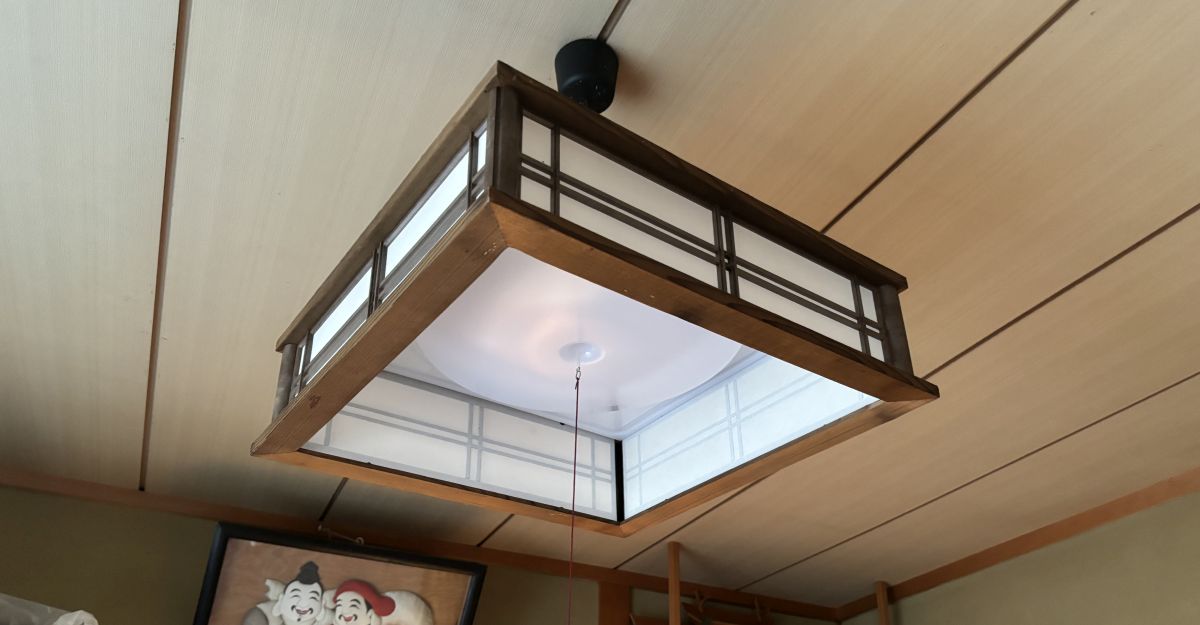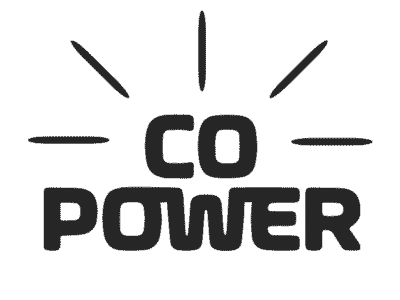APRIL is the cruellest month, breeding
Lilacs out of the dead land, mixing
Memory and desire, stirring
Dull roots with spring rain.
Winter kept us warm, covering
Earth in forgetful snow, feeding
A little life with dried tubers.
Ninety years ago in the title of The Waste Land TS Eliot played with the Arthurian myth of the Fisher King, whose wounded genitals blighted the regenerative powers of his kingdom as they blighted his own. Both lay wasted. The poem’s opening line, ‘April is the cruellest month’, makes spring a time not of green abundance but of pain, and overturns Chaucer’s invocation to the fertility of April which opens his Canterbury Tales.
Thus did Eliot diagnose the barrenness of his age, ruined by the First World War.
In 2012 I think the mythological wounds that plague the Western world go deeper than a wound to the Fisher King’s genitals. The great mythic – and literal – wound of our age is not to the testicles but to the womb. The anti-abortion legislation passed by a majority of 66 to 32 in Virginia, USA, in February 2012 is just one instance of this contemporary womb bashing.
Easter is a good time to think about wombs. Because when we eat our chocolate eggs on Easter Sunday, we’ll be honouring not so much the purported life-giving powers of Jesus Christ, but the actual life-giving powers of the womb.
There are several versions of the origins of why we eat eggs at Easter, but they all go back to the ancient worship of a great mother goddess who gave birth to the world.
In The White Goddess Robert Graves tells one such story, of the Orphic world egg and its Druidic variation. After the Great Goddess copulates with the World-Snake, she gives birth to the world-egg of infinite potentiality. Its potential is then realised when it’s cracked open by the sun (which, as Graves says, is how snakes’ eggs are actually hatched). This hatching out of the world from the egg was celebrated each year at the Spring festival of the sun. In the Druidic mysteries, hens’ eggs took the place of snakes’ eggs and were coloured scarlet to honour the sun.
The Christian festival of Easter is a late version of this Spring festival of fertility and the sun. Our Easter eggs denote the world-egg birthed by the Great Goddess.
The Bronze Age (ca 3500–1250 BC) is named after the invention of warmongering bronze, but a far greater technology was invented around the same time: writing. Stories that had been passed down for millennia were now recorded on clay and papyrus, carved in stone. And all of them record one unvarying story: a great goddess is separated from her beloved, who dies or appears to die, and falls into the underworld – or winter, a time when light and fertility are dimmed. The goddess descends into the darkness to find her beloved and return him or her to the daylight realm, so life may continue.
Womb bashing is the underbelly of a 2000-year-old myth that retells this ancient story of the cycle of darkness and light, winter and spring: the myth of the Virgin Mary and her son Jesus. Jesus dies and descends into darkness for three days (the number of days of the dark moon). He’s then rescued by his father. But as in the other versions of this myth, his return to daylight coincides with the earth’s regeneration: Easter is celebrated on the Sunday after the first full moon after the spring equinox. The resurrection of Jesus Christ is winter turning into spring.
The 2012 Virginia abortion law is one of many examples where politicians – driven by a religion that has coopted the life-giving powers of women and installed them in a sky god and his son – dare to intervene in the life of a woman’s womb. As Gloria Steinem said last year in ‘When Women are People … and Corporations Are Not’, ‘we got into this jam when some men took control of women’s reproductivity … man is not god and god is not man and we do not have power over women and nature’.
In an aside Steinem glossed the architecture of churches: in religious buildings men take over women’s power to give birth. They construct buildings where there’s an outer and an inner entrance, a vagina-like aisle, two curved ovarian structures on both sides and an altar which is the womb where a miracle takes place: men in skirts say, ‘You were born of woman in sin, but if you obey the rules of a patriarchal god you will be reborn into the realm of men.’ They then sprinkle sacred birth fluid over the rebirthed supplicant.
These men in dresses say, ‘Yes, you can give life. But only we can give eternal life.’ Of course this is utter crap.
Over Easter I’ll think of wombs, which belong not to God or the state, but to us, to every woman. This is so obvious I could cry. Or dance.









